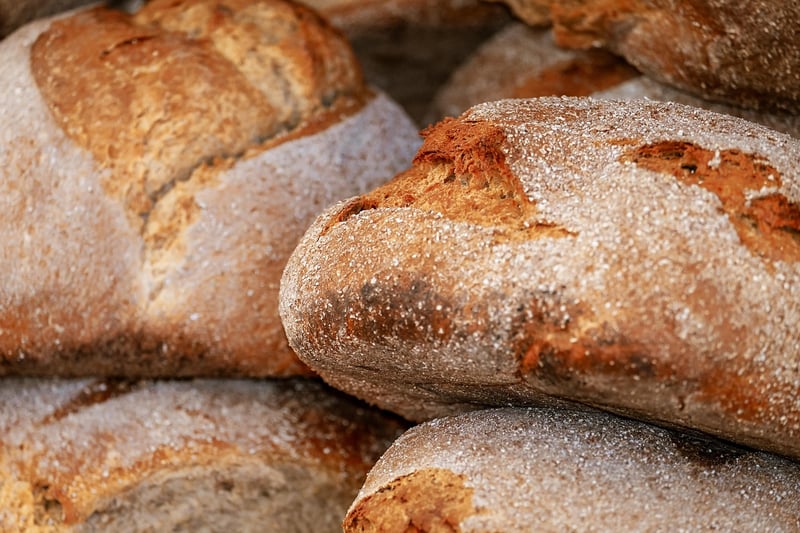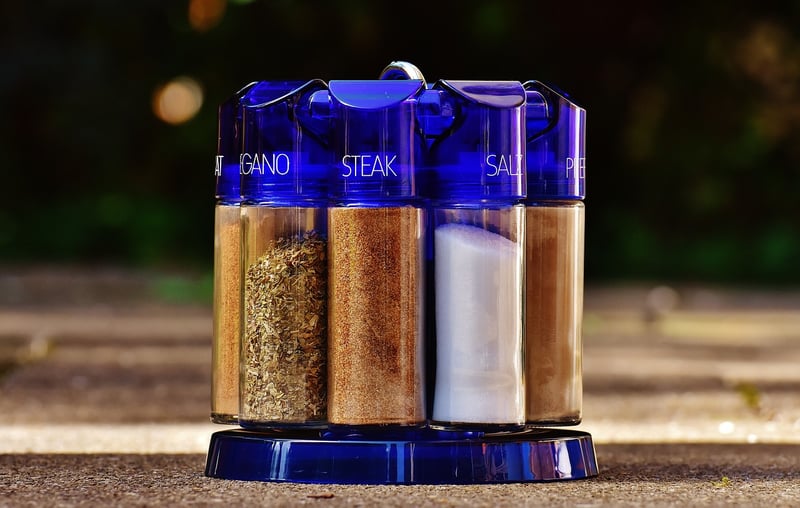Ingredient Substitution Ideas
Enhance Your Culinary Skills + Ingredient Substitution Ideas
Are you looking to elevate your cooking game and become a master in the kitchen? Whether you're a beginner or a seasoned home cook, there are always opportunities to enhance your culinary skills and experiment with new flavors. One essential aspect of cooking is being able to adapt and improvise when you don't have a specific ingredient on hand. This article will provide you with some valuable tips on how to substitute ingredients in your recipes, allowing you to get creative and make delicious dishes even when you're missing a key component.
1. Understanding Ingredient Substitutions
Ingredient substitutions are a common practice in cooking and baking. Knowing which ingredients can be swapped for others can help you save a dish from disaster and even discover new flavor combinations. It's essential to understand the role of each ingredient in a recipe to make successful substitutions.
2. Common Ingredient Substitutions
Here are some common ingredient substitutions that you can try in your recipes:
- Buttermilk: Substitute 1 cup of buttermilk with 1 cup of milk mixed with 1 tablespoon of lemon juice or vinegar.
- Eggs: Replace 1 egg with 1/4 cup of applesauce or mashed banana for baking.
- Butter: Use coconut oil or margarine as a substitute for butter in equal amounts.
- Flour: Substitute all-purpose flour with whole wheat flour or gluten-free flour blends depending on the recipe.
- Sugar: Replace granulated sugar with honey, maple syrup, or stevia following a conversion chart.
3. Experimenting with Flavor Profiles
Ingredient substitutions can also be an opportunity to experiment with different flavor profiles and add a unique twist to your dishes. For example, substituting regular chocolate with dark chocolate can give your desserts a richer and more intense flavor. Similarly, using coconut milk instead of regular milk in curries can bring a tropical touch to your meals.
4. Tips for Successful Substitutions
When substituting ingredients in your recipes, keep the following tips in mind:
- Consider the flavor impact of the substitution.
- Be aware of any allergies or dietary restrictions.
- Adjust the quantity of the substitute based on its characteristics.
- Experiment in small batches before making a large dish.
By understanding ingredient substitutions and being willing to experiment in the kitchen, you can broaden your culinary skills and create delicious dishes that reflect your creativity and resourcefulness. So don't be afraid to get creative and try out new ingredient swaps in your favorite recipes!

Image Source: Pixabay
